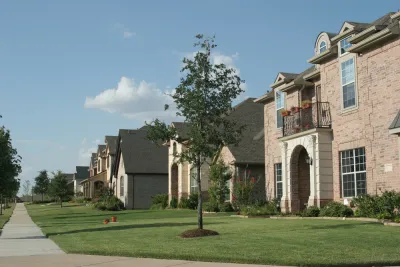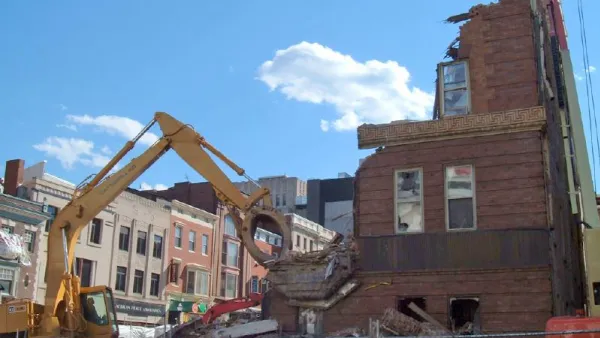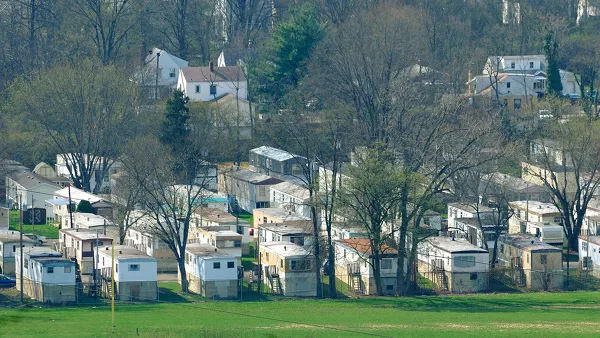Demolitions in residential neighborhoods have increased quickly in Austin, as property owners upgrade their homes to contemporary layouts. Community Impact newspaper investigates the trend.

"Under the economic pressure of Austin’s rapid growth, the traditional housing stock in the city’s central neighborhoods is crumbling to bulldozers and wrecking balls at an accelerated rate," according to an article by Christopher Neely.
Neely is reporting an analysis by the Community Impact Newspaper, which found that 1,773 demolitions of residential properties occurred between 2010 and 2017. "By comparison, 1,900 similar demolitions occurred between 1980 and 2009," according to Neely. Demolitions tend to replace smaller homes with larger ones. Included in the article are quotes attributed to Austin Councilmember Kathie Tovo, who describes the demolitions as a "terrible trend." The policy and political landscape of the city, however, makes slowing the pace of demolitions very difficult, according to the article.
Supplementing Neely's explanation of the study is an interactive map illustrating the demolition data.
FULL STORY: 7 years’ worth of Central Austin home demolitions on track to exceed numbers for the previous 30

National Parks Layoffs Will Cause Communities to Lose Billions
Thousands of essential park workers were laid off this week, just before the busy spring break season.

Retro-silient?: America’s First “Eco-burb,” The Woodlands Turns 50
A master-planned community north of Houston offers lessons on green infrastructure and resilient design, but falls short of its founder’s lofty affordability and walkability goals.

Delivering for America Plan Will Downgrade Mail Service in at Least 49.5 Percent of Zip Codes
Republican and Democrat lawmakers criticize the plan for its disproportionate negative impact on rural communities.

Test News Post 1
This is a summary

Test News Headline 46
Test for the image on the front page.

Balancing Bombs and Butterflies: How the National Guard Protects a Rare Species
The National Guard at Fort Indiantown Gap uses GIS technology and land management strategies to balance military training with conservation efforts, ensuring the survival of the rare eastern regal fritillary butterfly.
Urban Design for Planners 1: Software Tools
This six-course series explores essential urban design concepts using open source software and equips planners with the tools they need to participate fully in the urban design process.
Planning for Universal Design
Learn the tools for implementing Universal Design in planning regulations.
EMC Planning Group, Inc.
Planetizen
Planetizen
Mpact (formerly Rail~Volution)
Great Falls Development Authority, Inc.
HUDs Office of Policy Development and Research
NYU Wagner Graduate School of Public Service





























